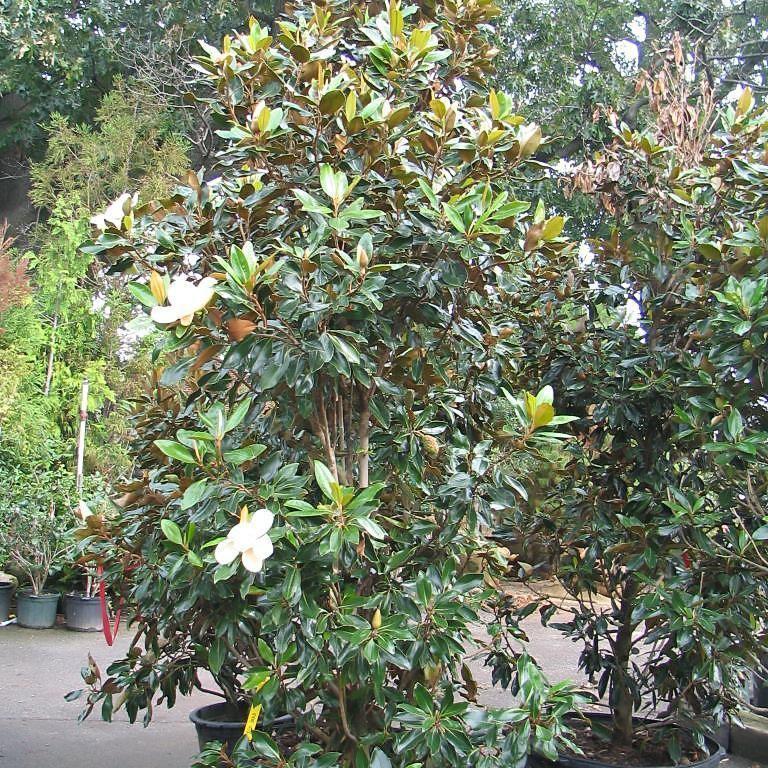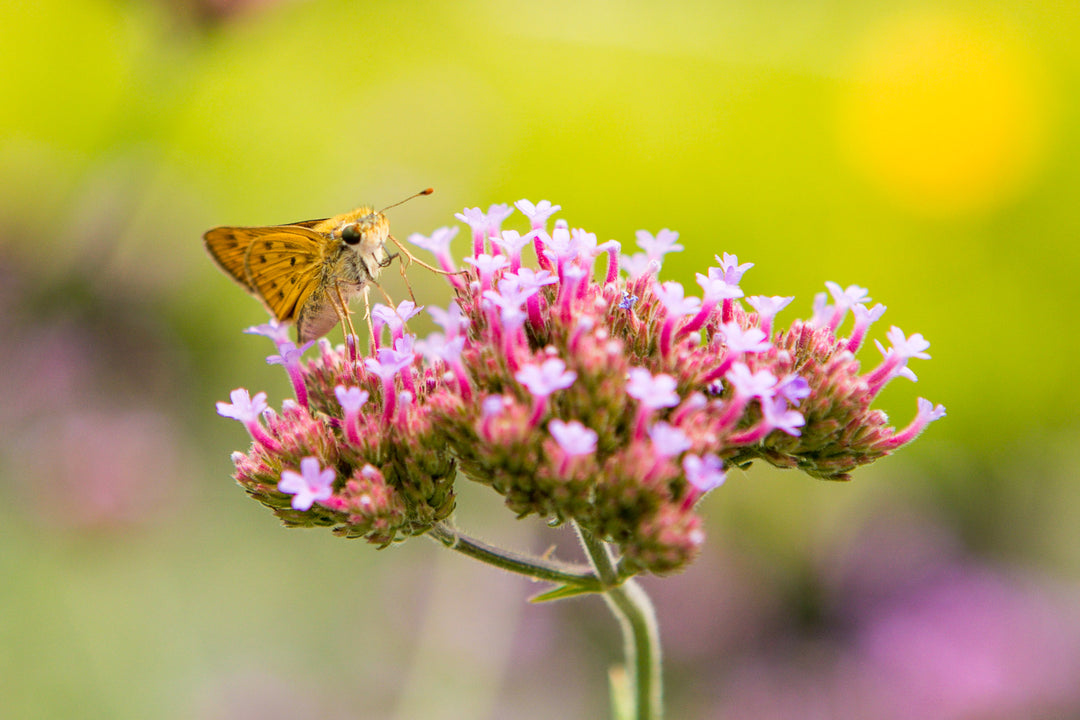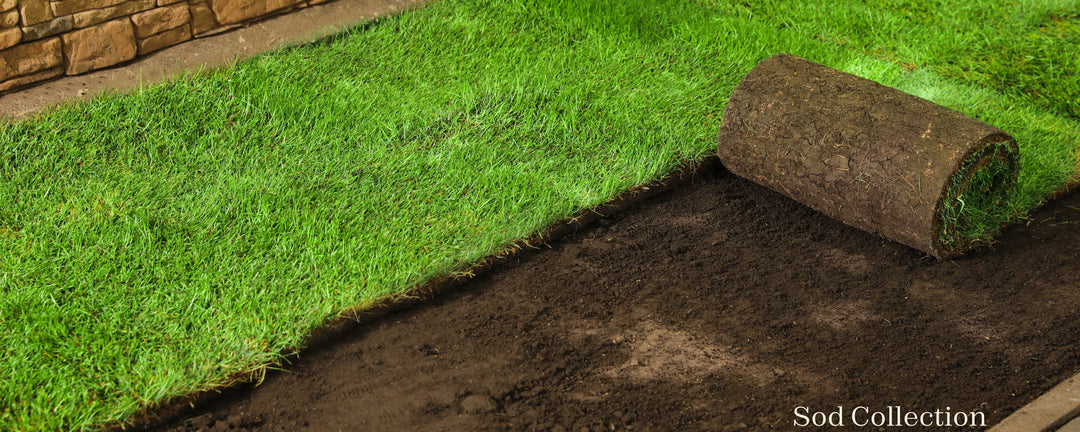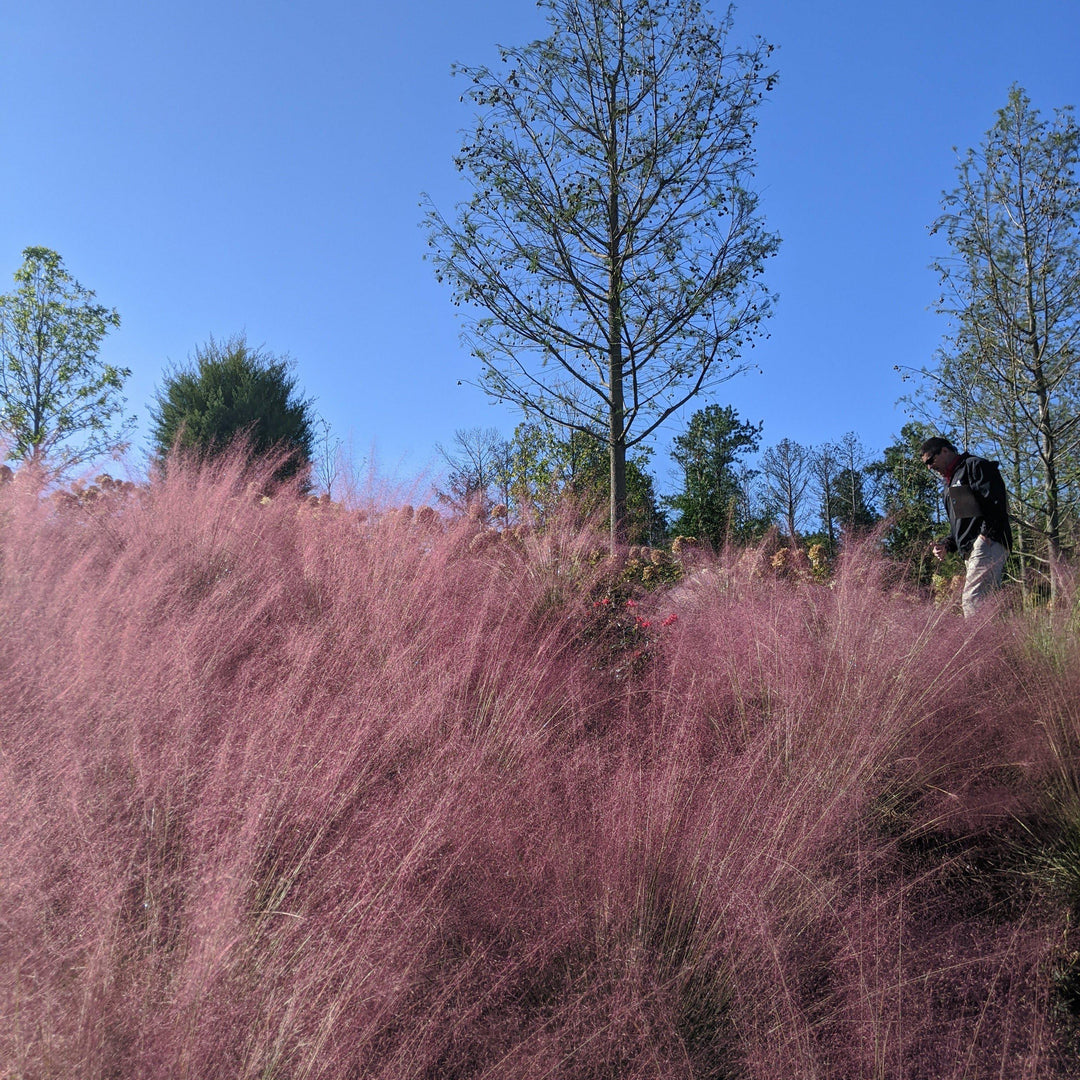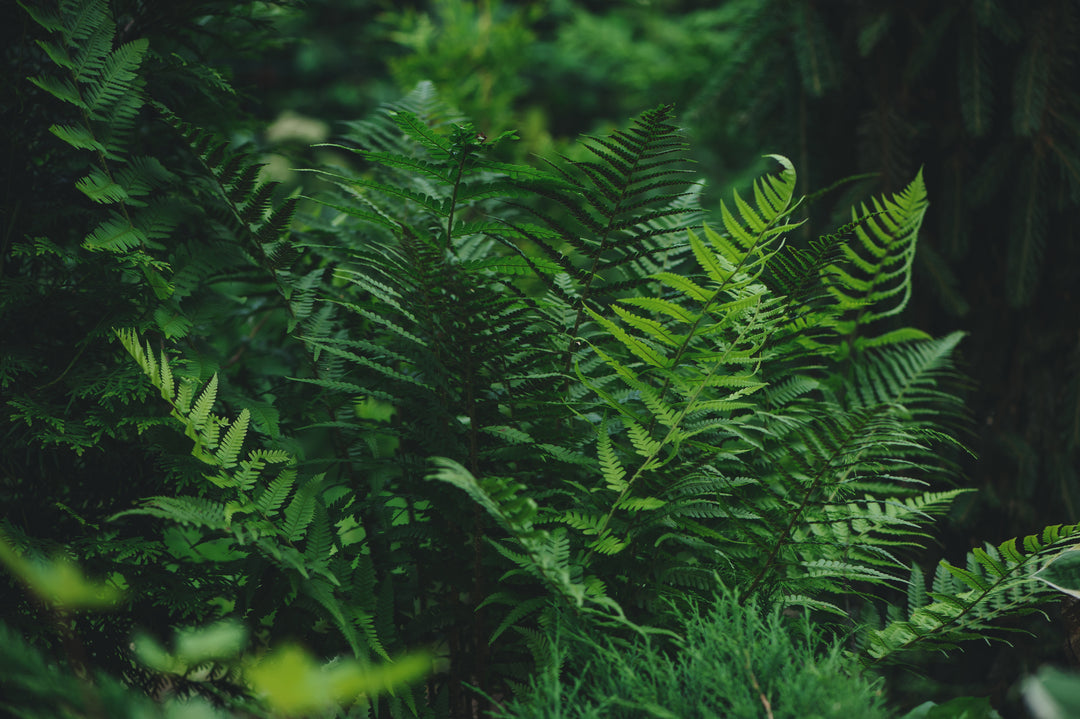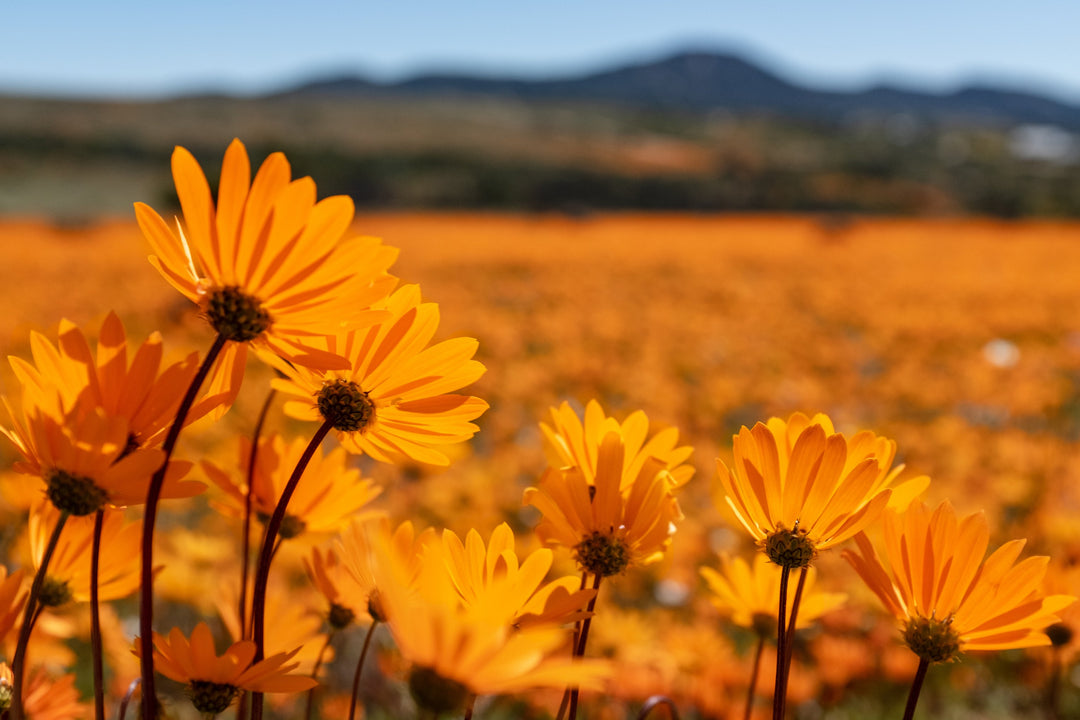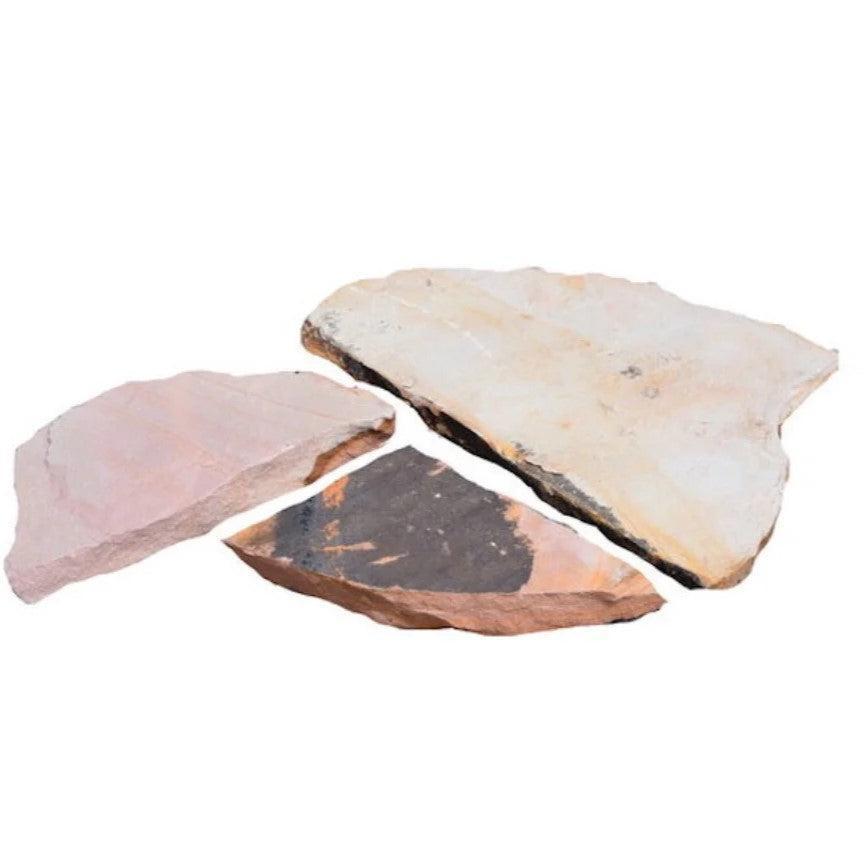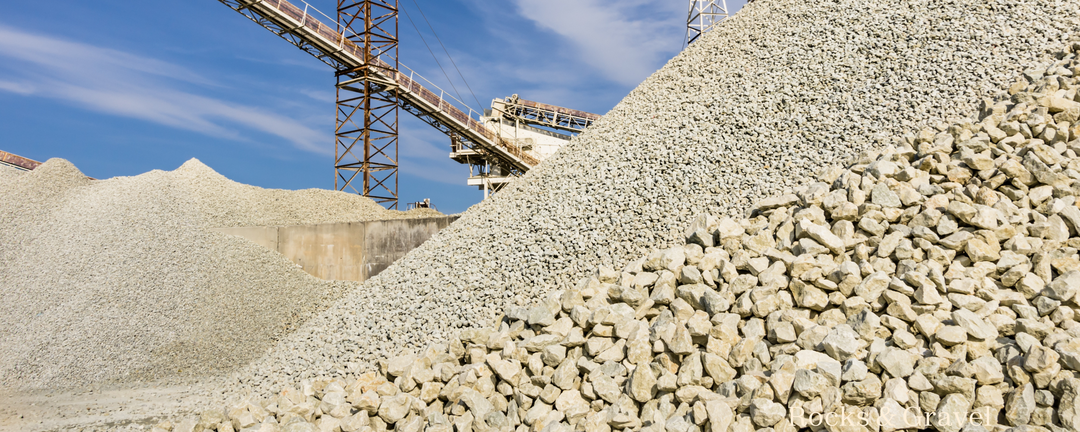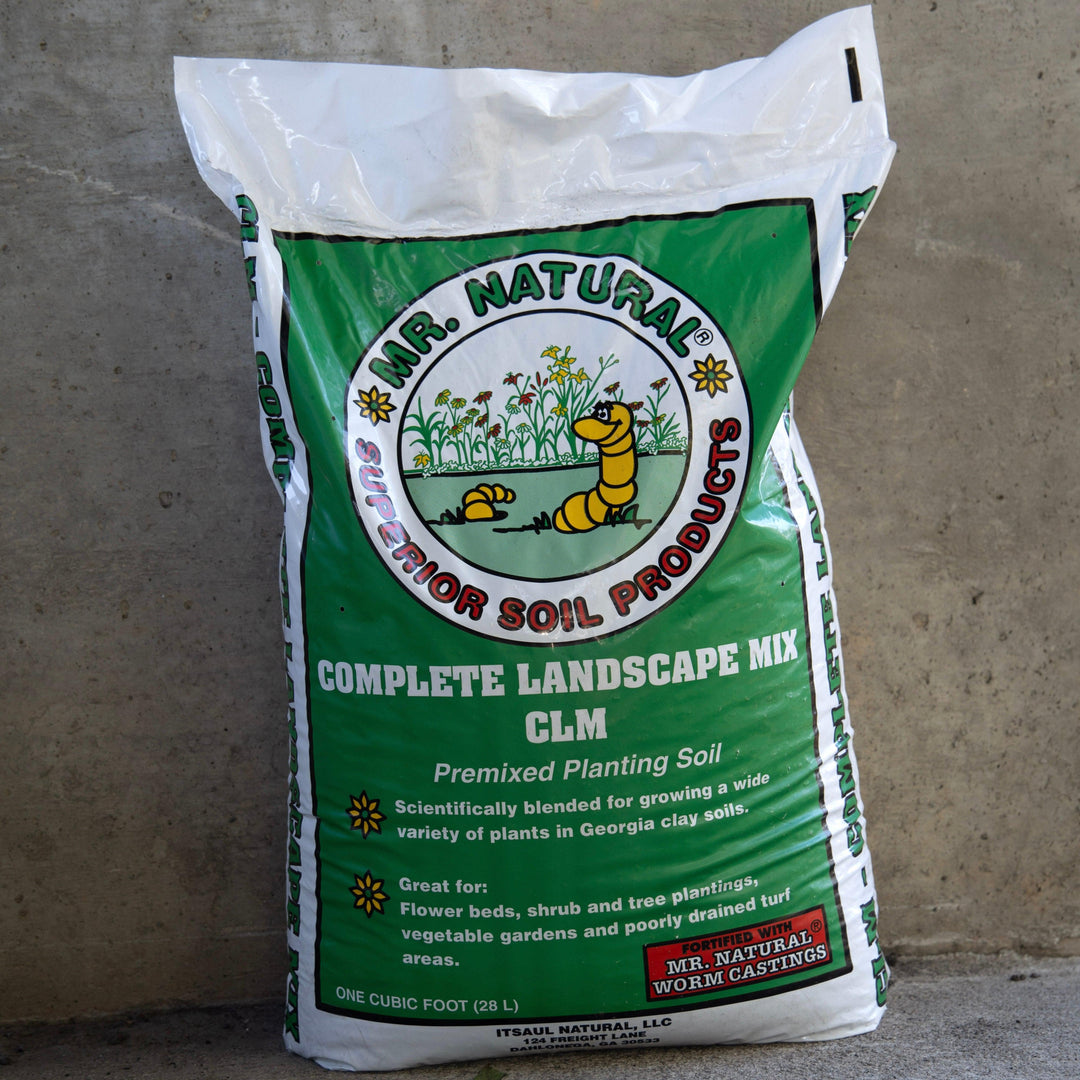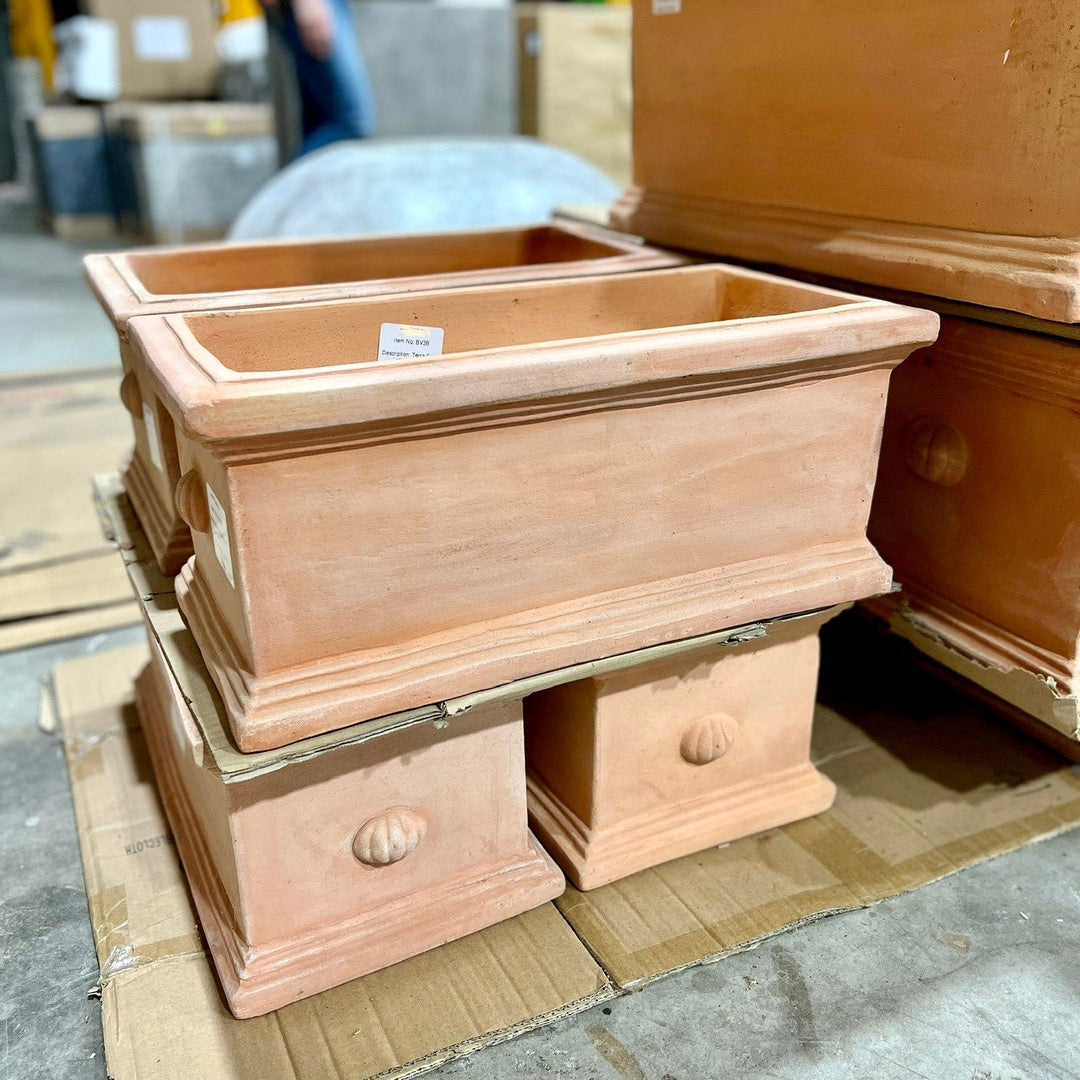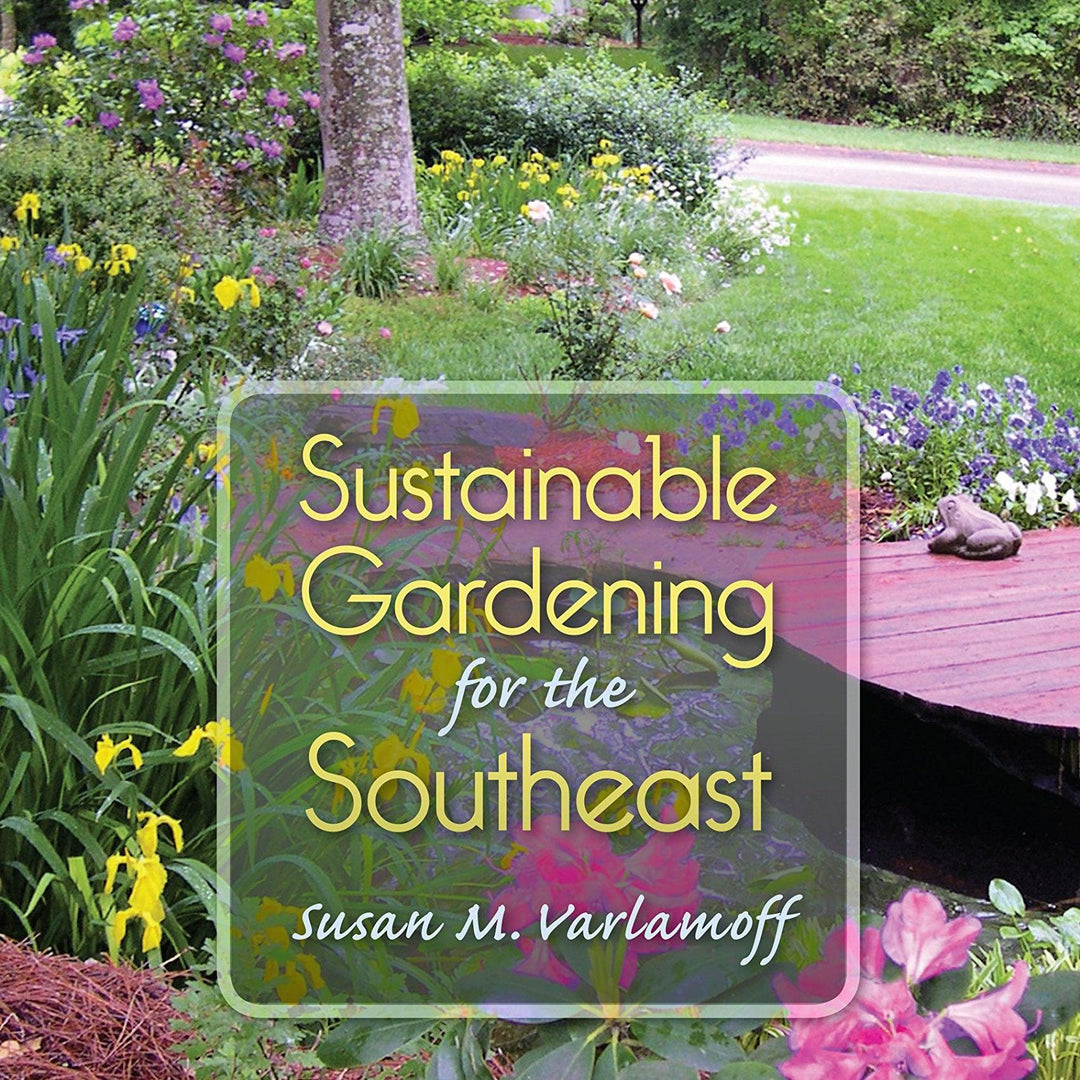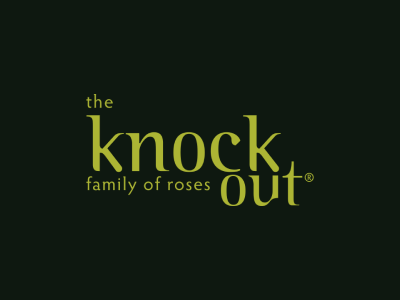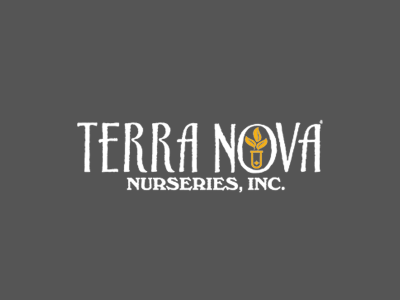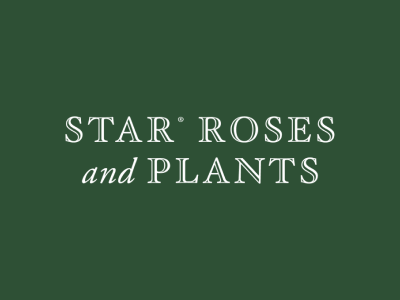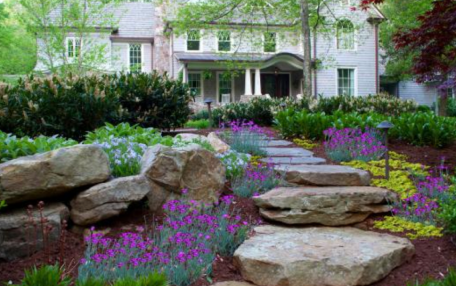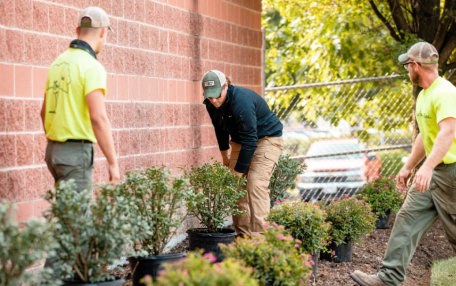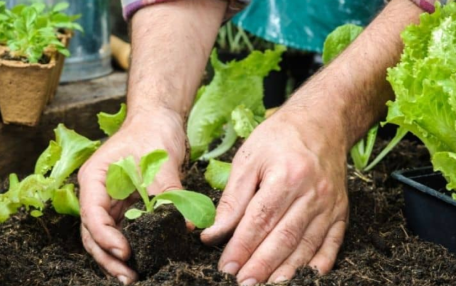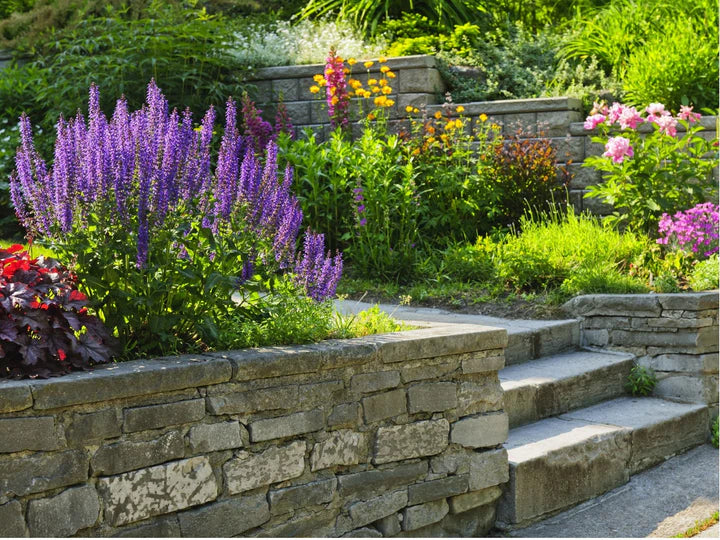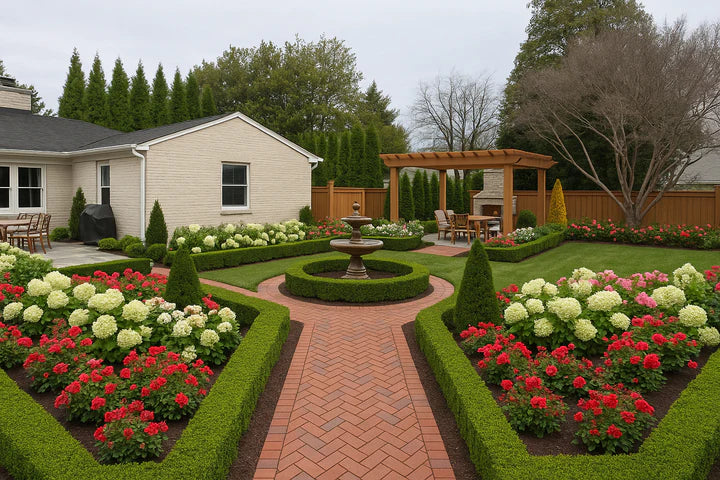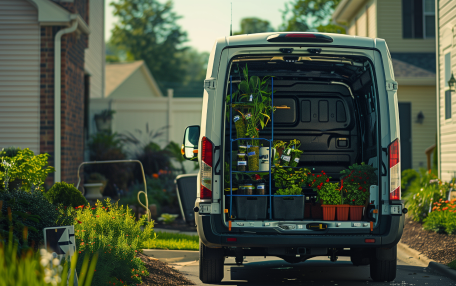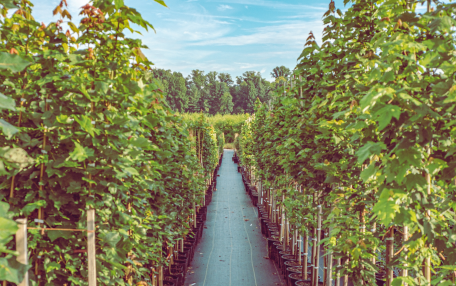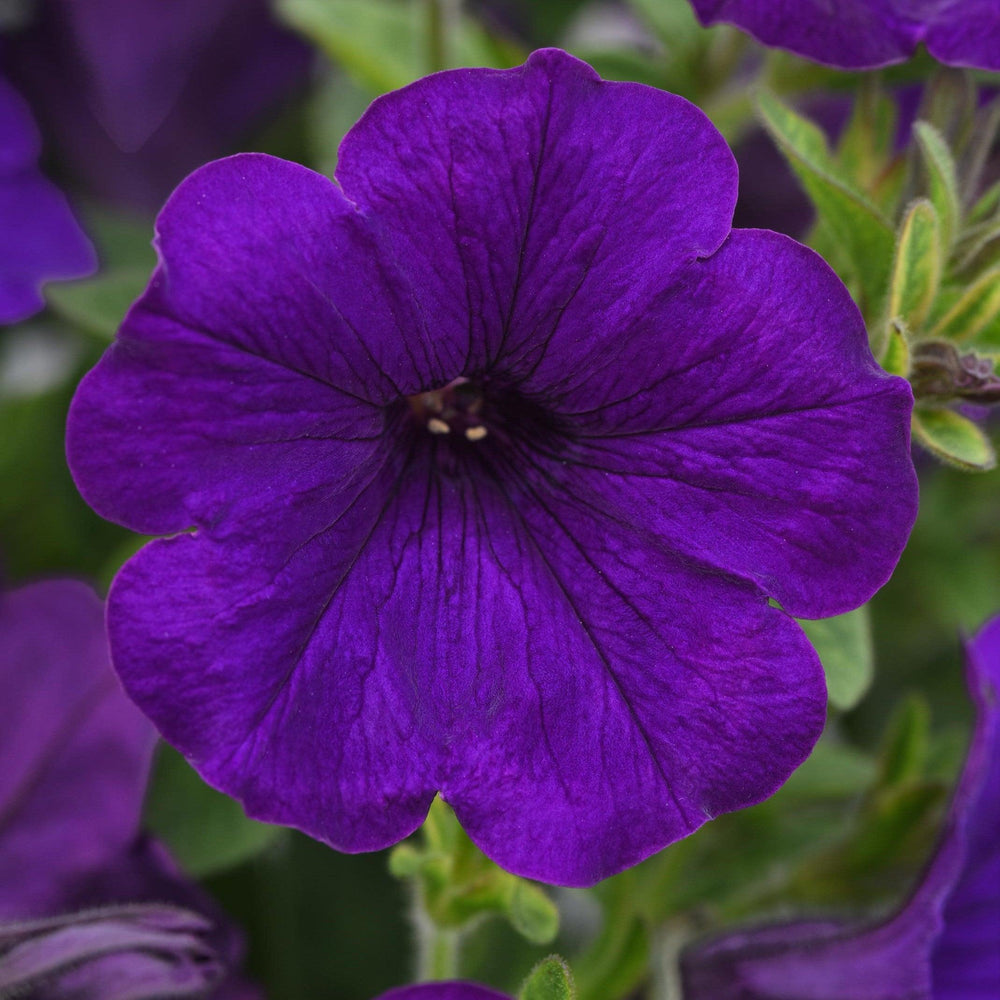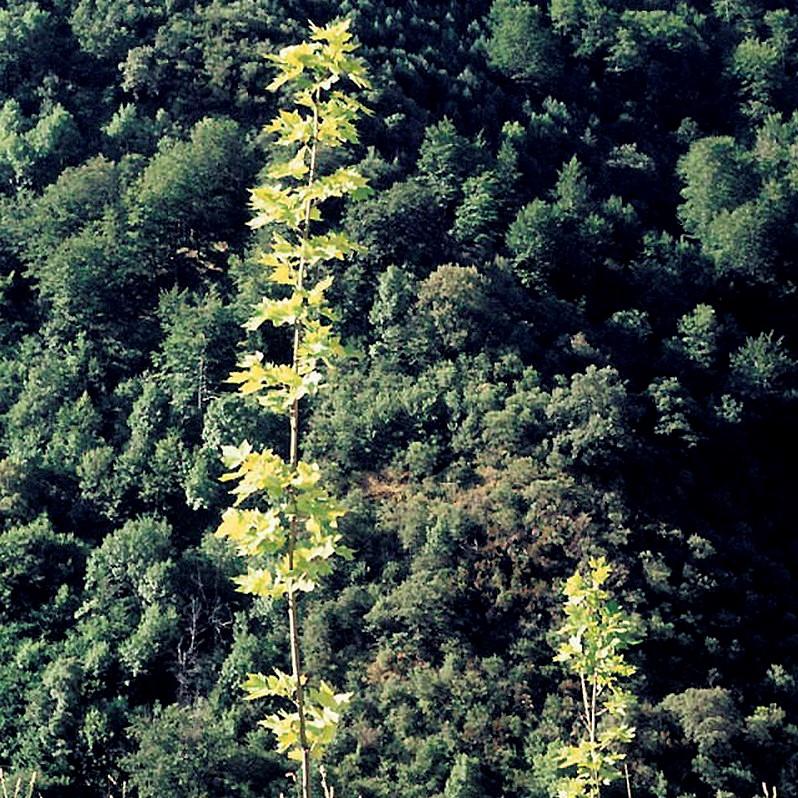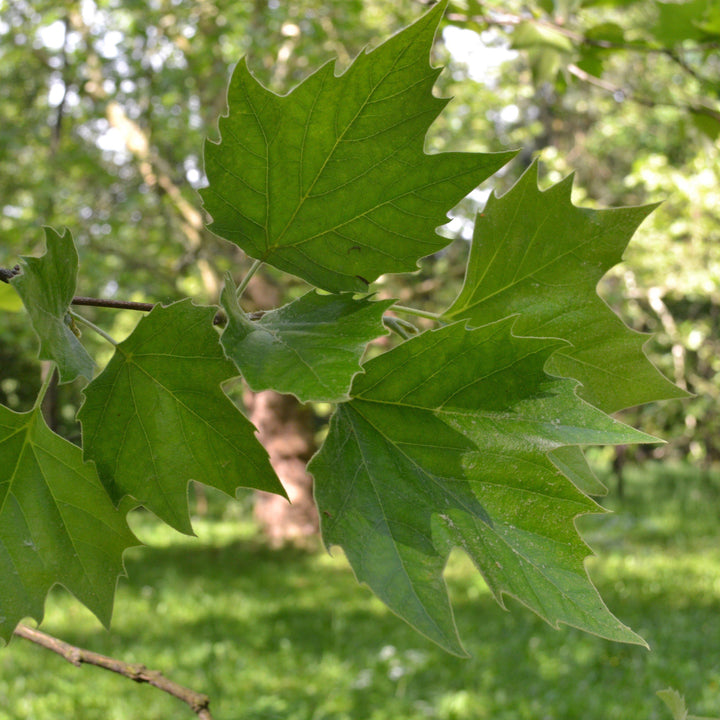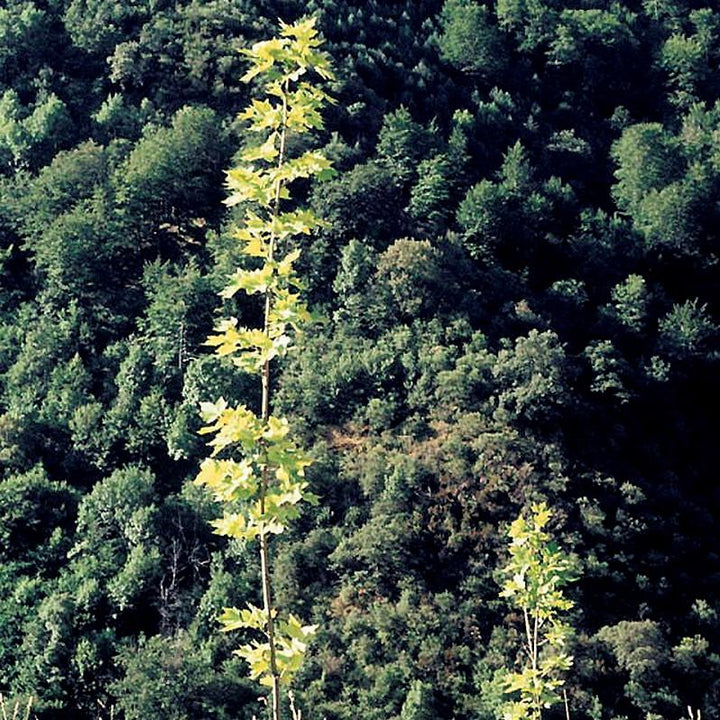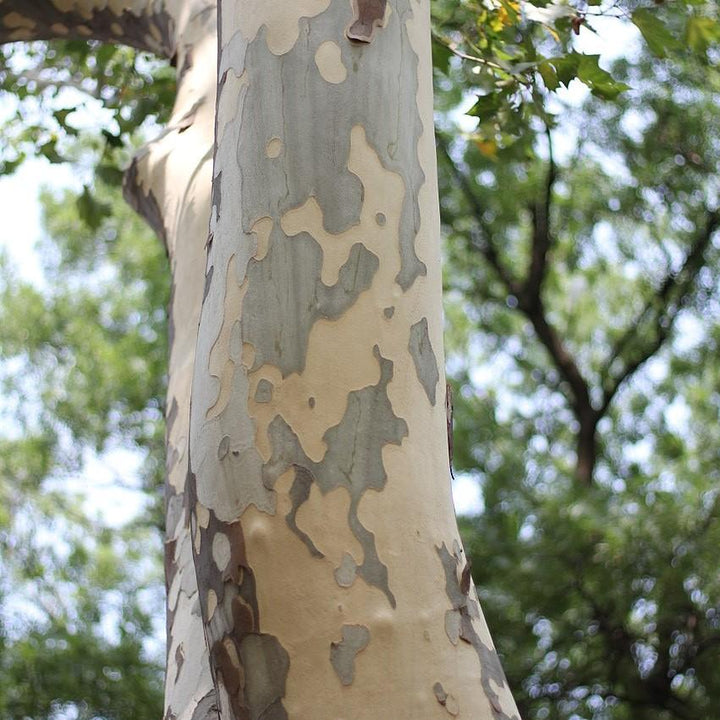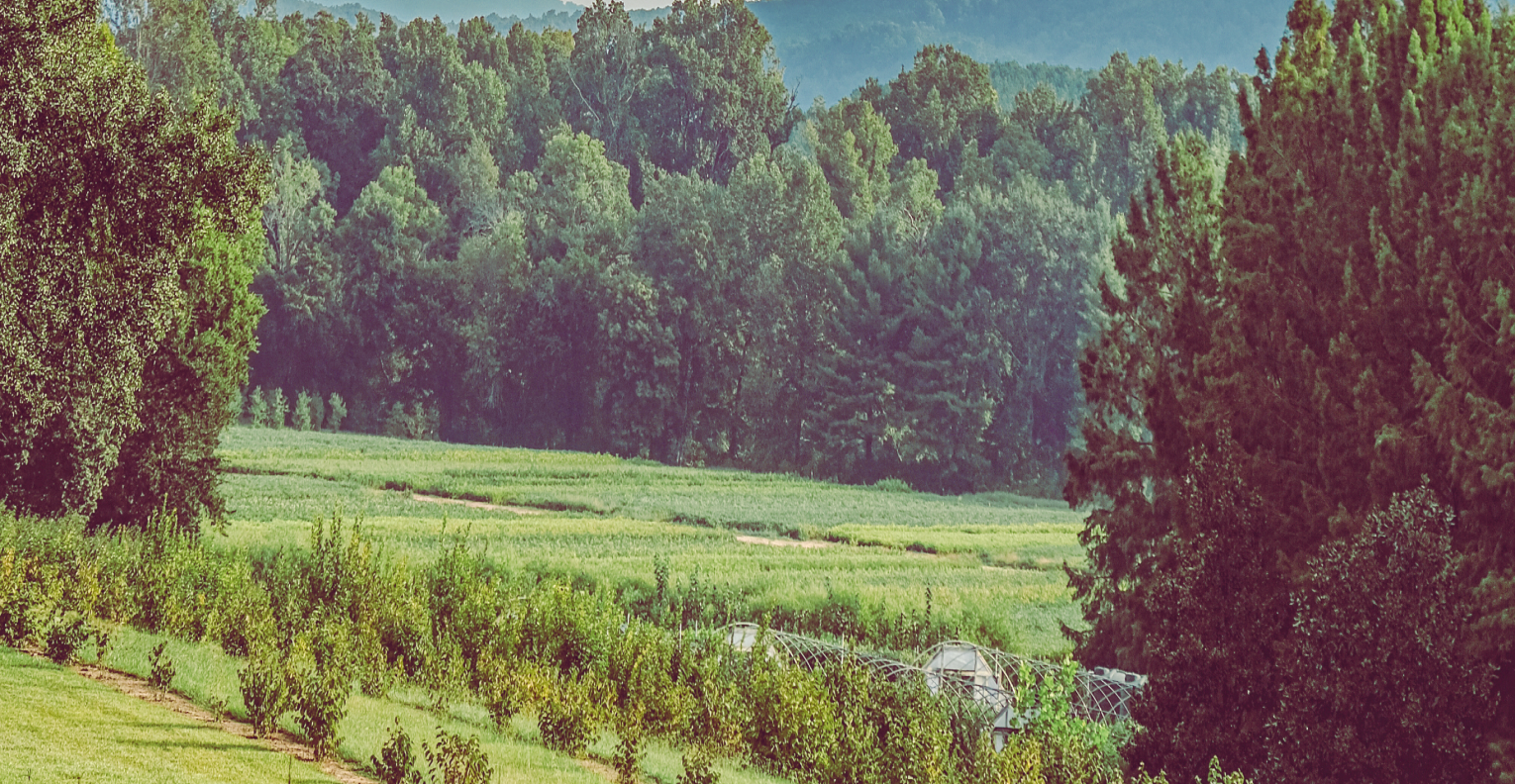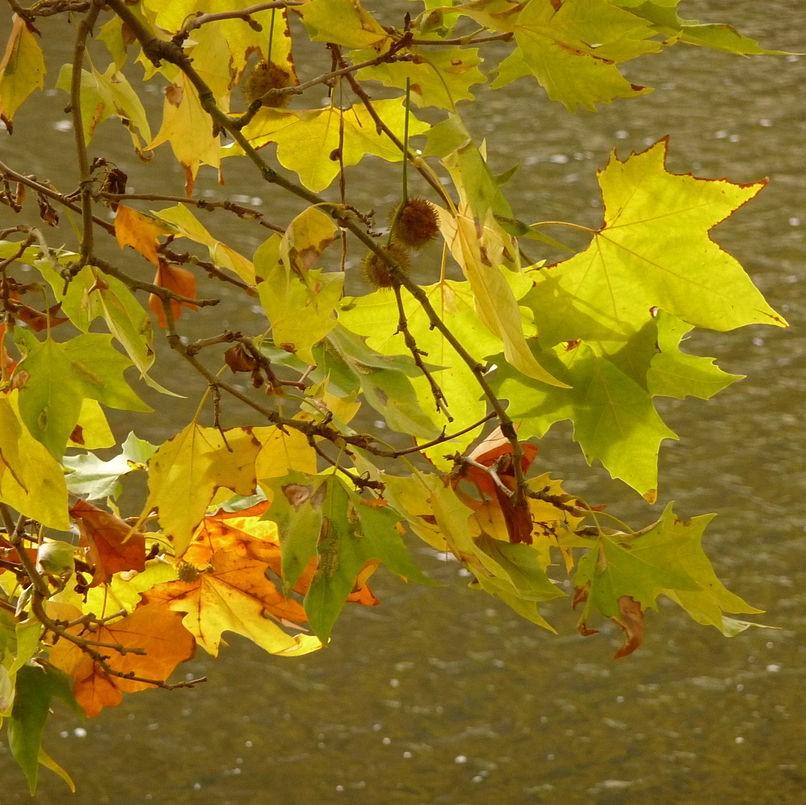The London Planetree, also known as the Platanus x acerifolia, is a large deciduous tree that is commonly found in urban areas. Here's everything you need to know about it:
-
Appearance: The London Planetree has a distinctive appearance with its mottled bark that peels off in patches, revealing a creamy white or light green inner bark. The leaves are large, palmate, and resemble those of a maple tree. They turn yellow in the fall.
-
Size: This tree can grow to be quite large, reaching heights of 70 to 100 feet (21 to 30 meters) with a spread of 50 to 80 feet (15 to 24 meters). It has a broad, rounded crown that provides ample shade.
-
Tolerance: London Planetrees are known for their ability to tolerate a wide range of environmental conditions, including pollution, drought, and compacted soil. They are often planted in urban areas because of their resilience.
|
Type: |
|
|
Origins: |
P. occidentalis x P. orientalis |
|
Height: |
55' - 65' |
|
Spread: |
20' - 40' |
|
Spacing: |
30’ |
|
USDA Hardiness Zone: |
4 - 8 |
|
Culture: |
|
|
Bloom Color: |
Green(male), Red(female) |
|
Season of Interest: |
MAINTENANCE NEEDS: High Maintenance. Water regularly. A messy tree with leaf, bark and fruit litter. Cankerstain is a concern that can be fatal. Anthracnose, leaf spot, canker, and powdery mildew may occur. Pests include Japanese beetles, borers, scale, and mites.
LANDSCAPE USES: Specimen or mass plantings, Naturalized Areas, Shade Tree, and Screening.
COMPANION PLANTS: Hosta, Coral Bells, Hydrangea
IMAGES: (Leaves) Ladislav Luppa, Platanus acerifolia - City Park in Lučenec (3), CC BY-SA 3.0, (Autumn Leaves) Warburg, Platanus leaves, CC BY-SA 3.0, (Young Tree) LBM1948, Sierra de la Demanda 02, CC BY-SA 4.0, (Mature Tee) Taken by Fanghong, PlatanusAcerifoliaTrunk, CC BY-SA 3.0, (Bark) Synezis, Platanus × acerifolia - Platan kora (7), CC BY-SA 4.0
*As plants have ranges in appearance they may not appear as the images shown




